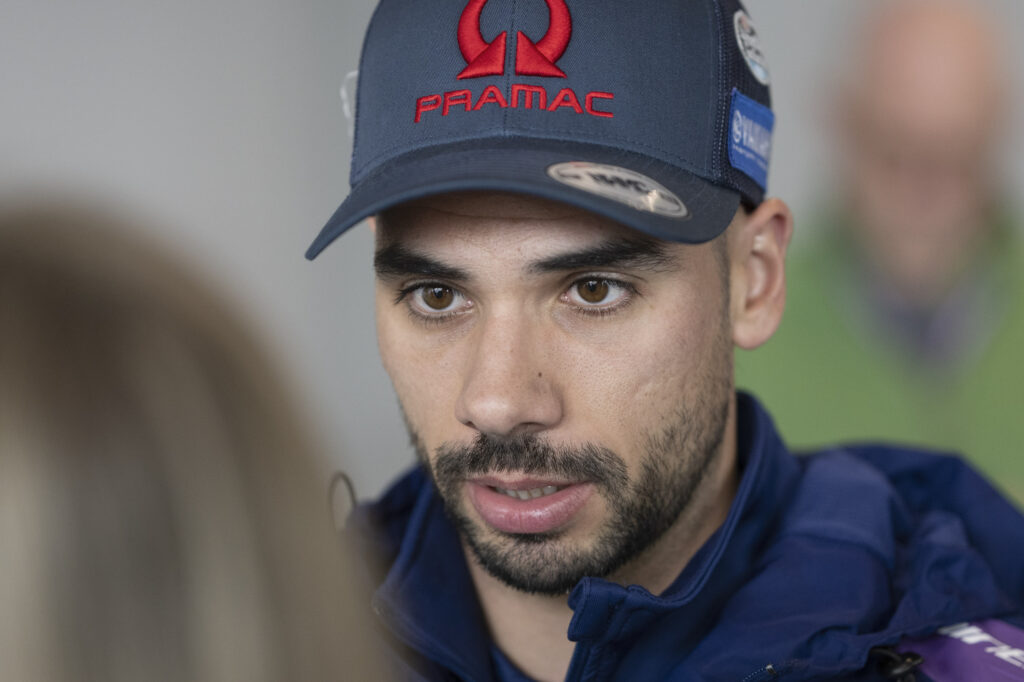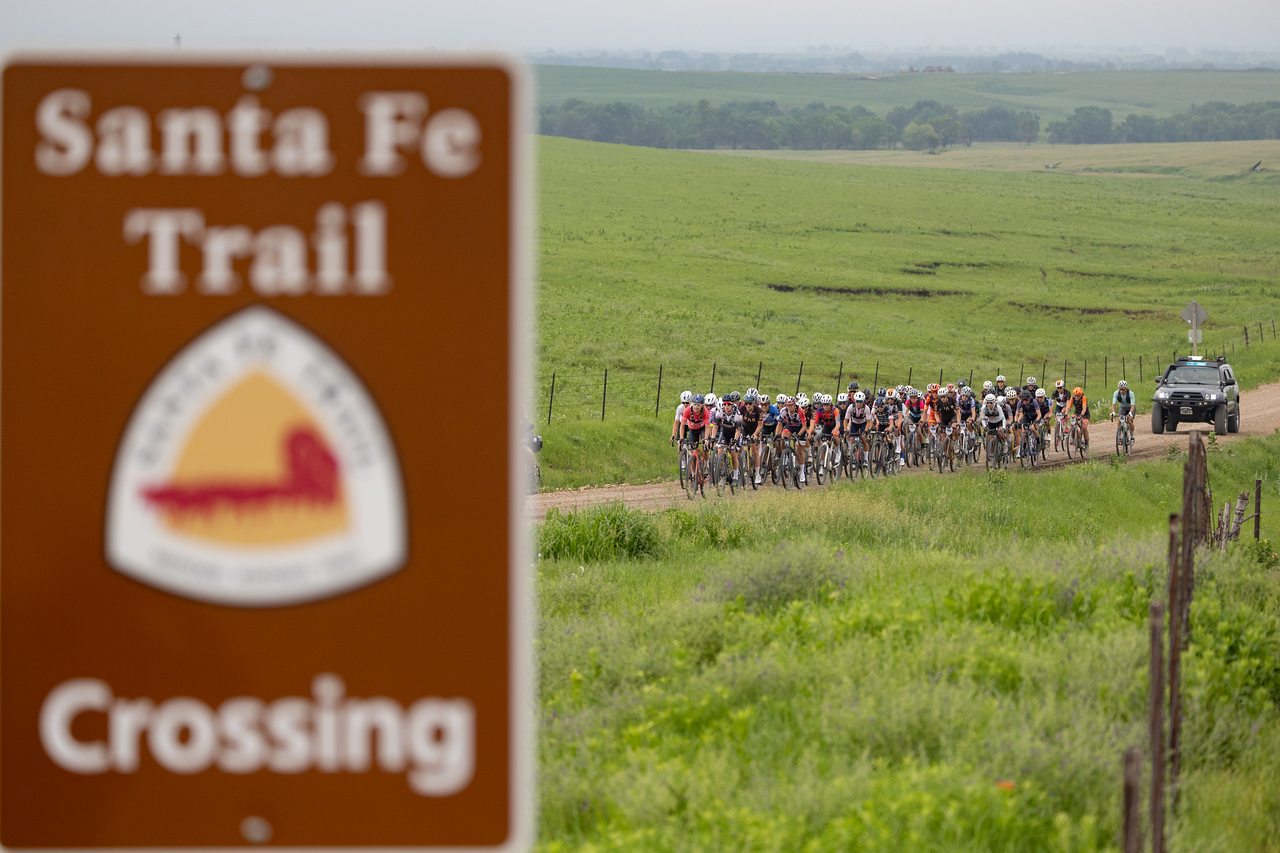Kris McCormack
;)
Oakmont demands your bag to be dialed in.
Gary Lisbon
Let’s talk about something that doesn’t get enough attention in the world of golf gear: your home course.
Not Augusta. Not Pebble. Your course… the one you play 90% of your rounds on. The one you know like the back of your hand, from the exact carry over the fairway bunker on 6 to the tucked pin on 13 that always begs for a cut.
Now ask yourself: Is your bag built for that course?
Because here’s the thing, every club in your bag should have a job. And ideally, that job ties directly to the shots and yardages you actually face on a regular basis. Not the shots your favorite Tour pro hits, not the clubs you wish you needed, but the ones that solve problems you see every weekend.
Tour pros build their bags out for their “home course” the same way. The difference is their “home course” changes each week and this week’s U.S. Open at Oakmont is no exception.
Your bag should be a blueprint for your home course
If you’re a member at a private club, play in a regular Saturday game at your local muni, or just bounce between the same 3-4 tracks, you’re in a great position to optimize your bag. You already know where you struggle, where you thrive, and which clubs sit quietly in the bag round after a round.
Take a good look at the holes that make or break your round:
– Are there a few long par-3s that leave you between clubs? (Adjustable hybrid, anyone?)
– Do you have to thread tee shots into narrow corridors, or bomb it into wide open spaces? (Think mini driver)
– Do you have to hit a high approach into a perched green that just won’t hold anything low-spin? (Hello, 7-wood)
By:
Kris McCormack
Your clubs should match those demands.
If your local course is short and tight, maybe that 3-wood isn’t pulling its weight, a mini driver, driving iron or even a higher-lofted hybrid could be smarter off the tee. If your home track is soft and long, a 7-wood or high-launch hybrid might be your best friend on approaches. If you find yourself needing a lower-spinning wedge to skip one back to a back pin, that’s a very specific tool you might want to rotate in for tournament rounds.
Think like a Tour pro (but Smarter)
Tour players constantly tweak their setup based on where they’re playing. A lot of amateurs think of that as “extra,” but the reality is: you’re already halfway there. You know your course better than anyone. So why are you using a setup that looks like something off the PGA Tour van?
If you’re always between your 5-iron and 4-hybrid on that long par-3, don’t just try to hit it harder. Build your bag to own that number. That might mean switching to a higher-launching utility iron (like a Ping Crossover or Titleist U505).

Titleist U505 Custom Driving Iron
An extremely versatile, high-launching utility iron that now looks and feels dramatically better.
U•505 lets you reclaim your long iron game. Drawing on Tour input, the refined design provides the high, explosive launch you expect from a utility, now with a remarkably solid feel and sound.
U•505 is the ultimate, high-launching utility. A new, cleaner design creates more confidence at address, while the refined Max Impact Technology, reengineered chassis and new Variable Bounce Sole all improve the feel and overall performance. It all adds up to a versatile utility that plays like an iron.
TOUR-VALIDATED LOOKS
With a shorter blade and shallow face, U•505 sets up the way Tour Pros feel a utility should. Now with an even cleaner design, there is nothing to distract you from hitting the exact shot and shape your playing position demands.
ENHANCED FEEL
With distance as a priority for a utility, engineering feel becomes a unique challenge. For U•505, Titleist engineers use a refined Max Impact Technology with added dampening in the polymer muscle badge to guide the frequencies created at impact into the ideal player range.
IMPROVED OFF-CENTER ACCURACY
U•505 features a more stable, reengineered chassis and a lower CG position to help maintain speed and stability on strikes made away from center. The new single taper face improves performance towards the heel for tighter overall distance dispersion.
EFFORTLESS TURF INTERACTION
Working with Tour Pros and the grind experts at Vokey Design, our engineers were able to further improve our Variable Bounce Sole by softening the trailing edge to allow the club to flow faster through the turf, even after contact. A scoring iron refinement for one of the longest clubs in your bag.
View Product
Let’s bring this idea to life with a brutal example.
Gear meets reality: Oakmont’s 8th Hole
During the U.S. Open at Oakmont, the par-3 8th hole can stretch out to over 300 yards. It’s a full-on test of distance control and launch. Now, you probably don’t face that exact number every Saturday, but chances are you’ve got a hole that feels just as daunting, whether it’s a 215-yard par-3 into the wind or a long second shot into a par-5 that tempts you every time.
On Tour, a player might swap their 3-iron for a 7-wood or a high-lofted hybrid to hold the green. On your home course, if that long approach is a regular fixture, why not do the same?
Modern fairway woods like the TaylorMade Qi35 Max 7-wood or Ping G440 9-wood are built for that exact job: launch it high, land it soft, and give you a real chance at the green. These clubs aren’t just for slower swing speeds; they’re smart tools for managing tough yardages.

TaylorMade Qi35 Max Custom Fairway Wood
View Product
The case for MORE than 14 clubs
Yes, the rules say 14 clubs in play. But nobody says you can’t own more than 14 (Yes, you now have the permission you’ve been looking for).
Having a few rotation clubs that you swap in based on the course is smart golf. Not everyone needs a one-size-fits-all bag. Think of it like a toolbox, different courses, different conditions, different tools.
A few examples:
– A 7-wood you keep on standby for long, soft greens
– A low-bounce lob wedge for firm, fast turf and a high-bounce version for soggy spring conditions
– A utility iron that replaces your 5-wood when the course plays firm and fast
Are hybrids being replaced by fairway woods? Depends where you look
By:
Kris McCormack
You don’t need to guess anymore. Today’s gear options let you fine-tune with precision. And if you know the numbers you face, you can build your bag to match them.
The Takeaway: Play what fits your game AND your course
Forget the “ideal” bag setup. There’s no perfect combo, just what’s perfect for you, on your course.
Every club should earn its spot in your 14. If it’s not solving a problem you actually have, it’s wasting space. The key is looking at your most-played courses and asking yourself: What does this course ask of me?
Build your bag to answer those questions.
Because while it’s fun to try the latest and greatest, the smartest setup is one that gives you a real advantage every time you tee it up at home.
Ready to overhaul your bag? Book your fitting at True Spec Golf.
“>
;)
Kris McCormack
Golf.com Contributor
Building on a career that has spanned more than 20 years in the golf industry, McCormack has spent the last six years of his career serving as the Vice President of Tour and Education for True Spec Golf. During that time, he curated the training program for the True Spec fitting staff and pushed for more continuing education curriculum. As well as managing their Tour department and building relationships with a multitude of OEM partners. Prior to joining the True Spec team, McCormack worked with several of the industry-leading manufacturers as a Master level Fitting Professional. In addition to being an instructor and partnering with the Golf Channel Academy as a lead instructor and brand-agnostic Fitting Professional. He has also worked with R&D teams to assist in product design, testing, and development for a variety of gear releases. He is a golf enthusiast and lives in the gear space!


;)
;)













